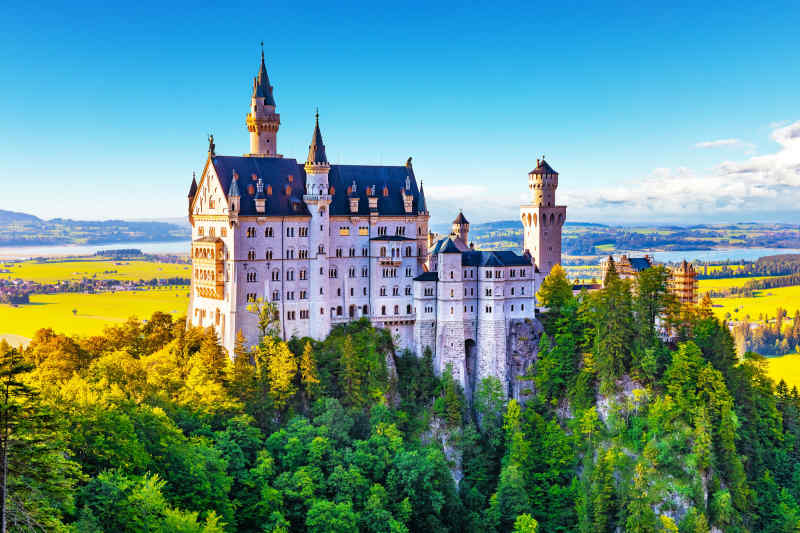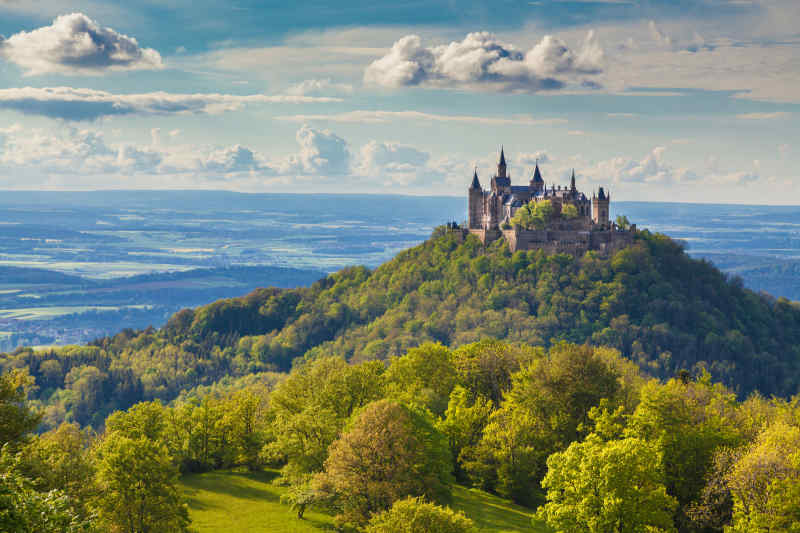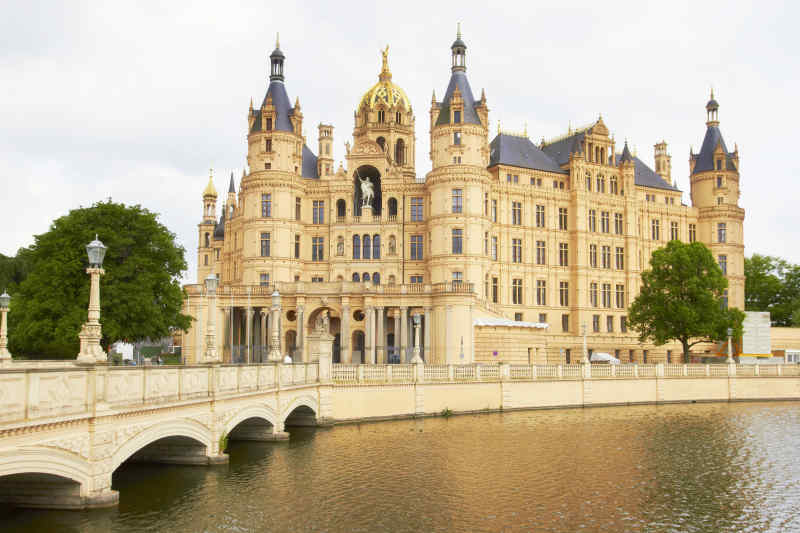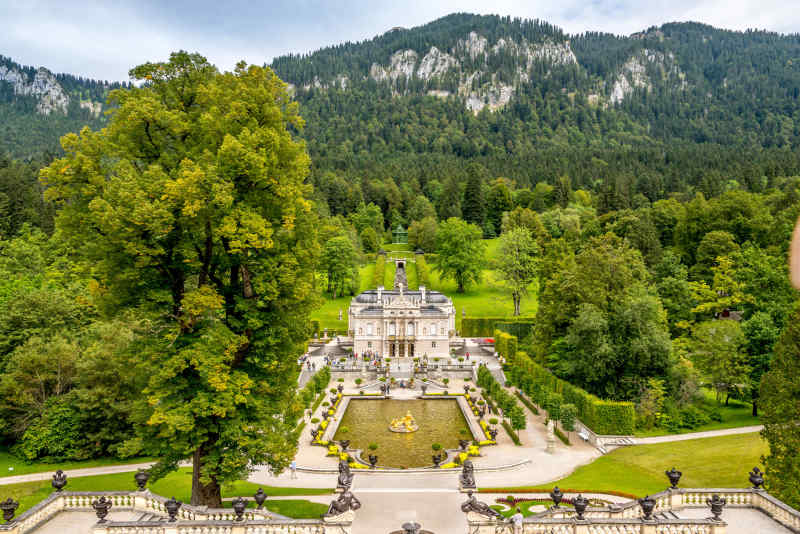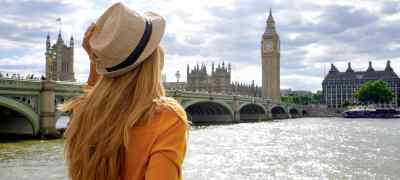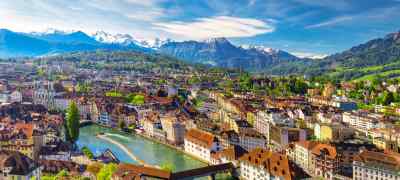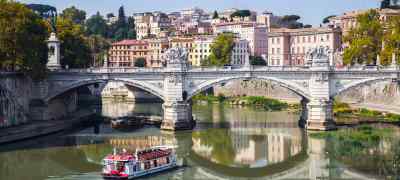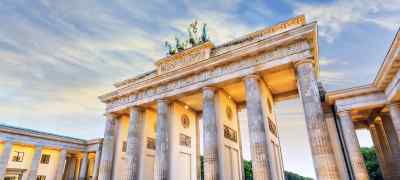By Briana Seftel
The royal real estate in Germany is bar none. From Bavaria to Berlin, Germany's castles are some of Europe's finest. Discover the history and breathtaking architecture behind eight must-see German castles and palaces!
Neuschwanstein Castle
No castle in Germany or Europe quite measures up to the storybook grandeur of Neuschwanstein Castle. Commissioned by King Ludwig II of Bavaria (known as the "fairy-tale king") as a retreat, the castle was completed seven weeks after his death in 1886. Surrounded by the Bavarian Alps, the castle is designed in a Romantic style and was meant as an homage to the works of famed composer Richard Wagner. Literally translating to "New Swan Stone castle," the castle inspired Disney's Sleeping Beauty’s castle and closely resembles Cinderella's palace. Because of the millions of tourists per year who visit this famous castle, expect ongoing renovations.
Hohenzollern Castle
The ancestral seat of the Prussian Royal House and the Hohenzollern Princes, Hohenzollern Castle is situated in the heart of Baden-Württemberg in southwest Germany. Located on top of Mount Zoller and offering majestic views of the rolling Swabian Mountains, the castle dates back to 1061 but was rebuilt in the 19th century after extensive damage through the years. Still privately owned by the Hohenzollern family, the castle is home to grand state rooms, glittering halls, a picture gallery and the diamond and sapphire-encrusted Prussian royal crown. The castle's superior hilltop location prompted Emperor William II to proclaim, “The views from Hohenzollern Castle are truly worth the journey."
Wartburg Castle
Perched above the town of Eisenach in central Germany, Wartburg Castle is one of the finest hilltop castles in the country and the first German castle to be designated a UNESCO World Heritage site. With a history spanning over 1,000 years, the castle was the setting for crucial points in German history. It was the setting of the Battle of the Bards, a tale immortalized in Richard Wagner's opera Tannhäuser, the home of Saint Elisabeth, and a refuge for the exiled Martin Luther, who translated the New Testament to German here. A perfect example of late-Romanesque architecture, the castle's imposing facade and priceless relics make it one of Germany's most famous castles. If you plan on visiting during the holidays, don't miss the castle's historical Christmas market.
Schwerin Castle
Located in northern Germany and an easy day trip from Hamburg, Schwerin Castle was built between 1847 and 1857 by Grand Duke Friedrich Franz II. Situated on a small island in Lake Schwerin, the castle's picturesque setting, golden domes and romantic towers make it a favorite among Germany's castles. Nicknamed the "Neuschwanstein of the North," the castle is believed to be haunted by the ghost of Petermännchen, a small and friendly goblin. Not much of a ghost hunter? Not to worry - there's plenty to explore here, from a museum to beautiful gardens. The castle also serves as the residence of the Mecklenburg-Vorpommern state parliament.
Eltz Castle
Overlooking the Elzbach river in western Germany, Eltz Castle is one of few castles to remain in the same family for over 850 years. Virtually untouched by wars or natural disasters, the castle looks almost exactly as it did in the 12th century. With its high residential towers, oriels and spires, it's no surprise Eltz is considered one of Germany's fairy-tale castles. Since it's still occupied today, visitors are allowed to visit on a guided tour from approximately April to November. From the armory and knights' hall to the hunting room and treasury, you'll feel like you stepped back into medieval times!
Linderhof Palace
Easily combined with a visit to Neuschwanstein Castle, Linderhof Palace is King Ludwig's lesser-known estate built in the late 1800s. Becoming the only palace he saw completed, it originated as a hunting lodge belonging to his father Maximilian II. Known as the "Royal Villa," King Ludwig was inspired by Versailles and even recreated Louis XIV’s bedchamber, along with many other extravagant features. Tucked away in the foothills of the Bavarian Alps, the palace, combined with spacious landscaped gardens, impressive terraces and grottoes, is one of Bavaria's prettiest sights.
Heidelberg Castle
Dominating the old town center of Heidelberg in southwest Germany, Heidelberg Castle holds one of the richest histories in Germany. First mentioned in 1225, the castle became the residence of Prince Elector Ruprecht III in the late 1300s and was one of the grandest palaces of the Renaissance. In the late 17th century, the palace was repeatedly attacked and ultimately destroyed by the French in the War of the Grand Alliance. Today, visitors can explore the red sandstone ruins of the castle, one of the most romantic sights in Europe, in addition to gardens, an apothecary museum, scenic trails and panoramic views of Heidelberg.
Sanssouci Palace
Located just outside Berlin's city center in Potsdam, Sanssouci Palace was built in the 1740s as the summer palace of Frederick the Great. Translating to "without a care" in French, Sanssouci was just that for the Prussian king, who spent leisurely days here with his dogs. Built in an opulent Rococo style, the palace is often referred to as the "Prussian Versailles." The palace itself is quite small with just ten main rooms, but the park grounds are sprawling with terrace gardens, colonnades, statues and fountains.

